
Today I had a unique opportunity to photograph two Lea-Francis machines!
In the long and chequered history of the Lea Francis company (founded in 1895), which quite remarkably exists to this day, the manufacture of bicycles quite naturally led to motor cycles and thence to cars. Their products were always of exceptional quality.

The most expensive bicycle of the period, in my opinion the Lea & Francis was the bicycle equivalent of the Rolls Royce Silver Ghost. The quality of the fittings and finish is truly outstanding.
This completely unrestored and extraordinarily well preserved example was in one family ownership before I acquired it, and it was always kept inside the house when not being used… as it is today! Dating from c.1909, it is fitted with the Lea & Francis 3 speed gear, L & F patent alloy pedals, L & F alloy rear carrier, and patent L & F ‘Reflex’ reflector. Lea and Francis in fact invented the reflector, which was later used to great effect on road warning signs.

There is no rear step for mounting since it is fitted with the patent ‘trip motion’ device which locks the left hand crank in the 4 O’Clock position for mounting from the pedal, releasing automatically when riding forward.
The concealed roller lever brakes are a work of art, the front one being easily adjusted by removing the cap at the centre of the bars and turning the adjusting bolt. The gear change is topped by an ivory knob. There are phospher bronze bushes in all the brake pivots. The nickel plating on my machine is entirely original and like new.

The finish is very modest with no fancy lining to the black enamel, except for a thin red line on the rims, between the black enamel and the nickel. There are two transfers, one at the top of the head tube, largely missing, and the other on the rear mudguard in fine condition. Brooks saddle with oiler in seat pin, puncture repair kit concealed in handlebar grip, and correct period Lucas ‘Acetyphote’ Acetylene lamp. It also has the original tool kit.
The bicycle has clearly had little use… the mileometer reading of 5780 miles (about 600 are mine) is probably correct, and it still rides like a ‘Rolls’! Undoubtedly my favourite Edwardian bicycle.
In August 1928 Lea Francis had an astonishing overall win at the Ulster Tourist Trophy race, the equivalent of a Grand Prix at the time, in front of a crowd of some 250,000 spectators. The winning car was driven by Kaye Don. There is a fantastic silent film of the race here.
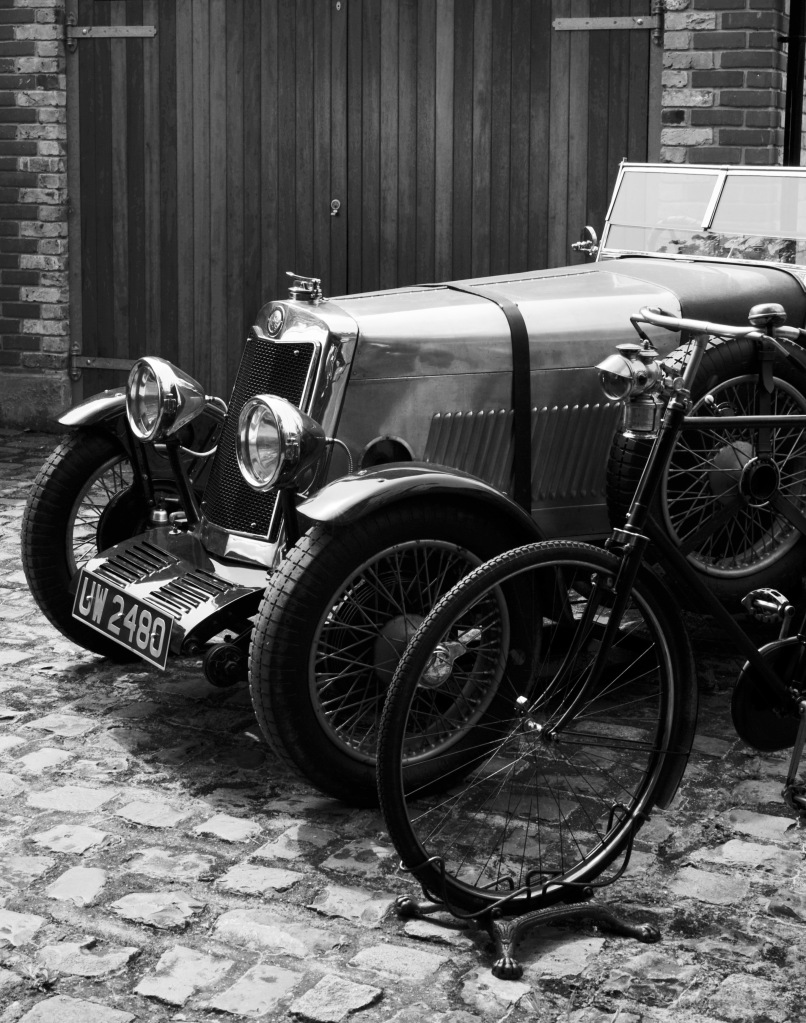
In the supercharged Meadows engined 1500cc ‘Hyper’ he beat all the large engined cars including Bentleys, Mercedes and Bugatti. This win put Lea Francis on the map as a sporting car manufacturer, and as a result the company made a small run of TT-bodied replicas of the winning car. The Hyper was the first production supercharged vehicle, albeit that production was somewhat limited. This Hyper ‘S’ is one of these few.
Uniting these two creations of the Lea Francis company was a thrill. Twenty years apart, they are both the finest examples of early 20th Century British engineering.
Sources: The Lea Francis Story by Barrie Price


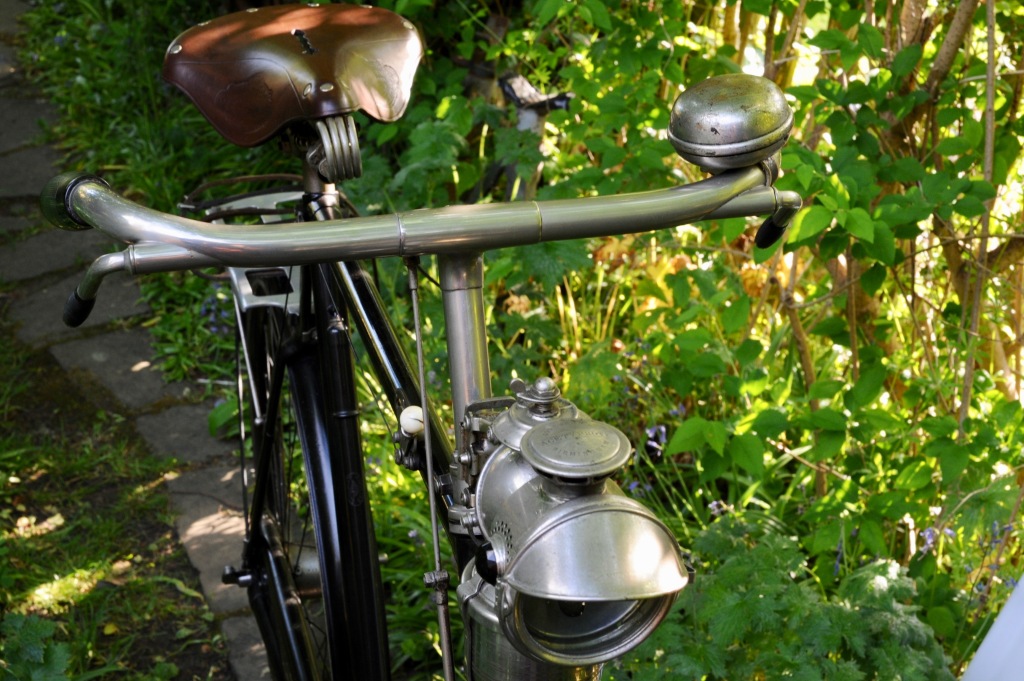



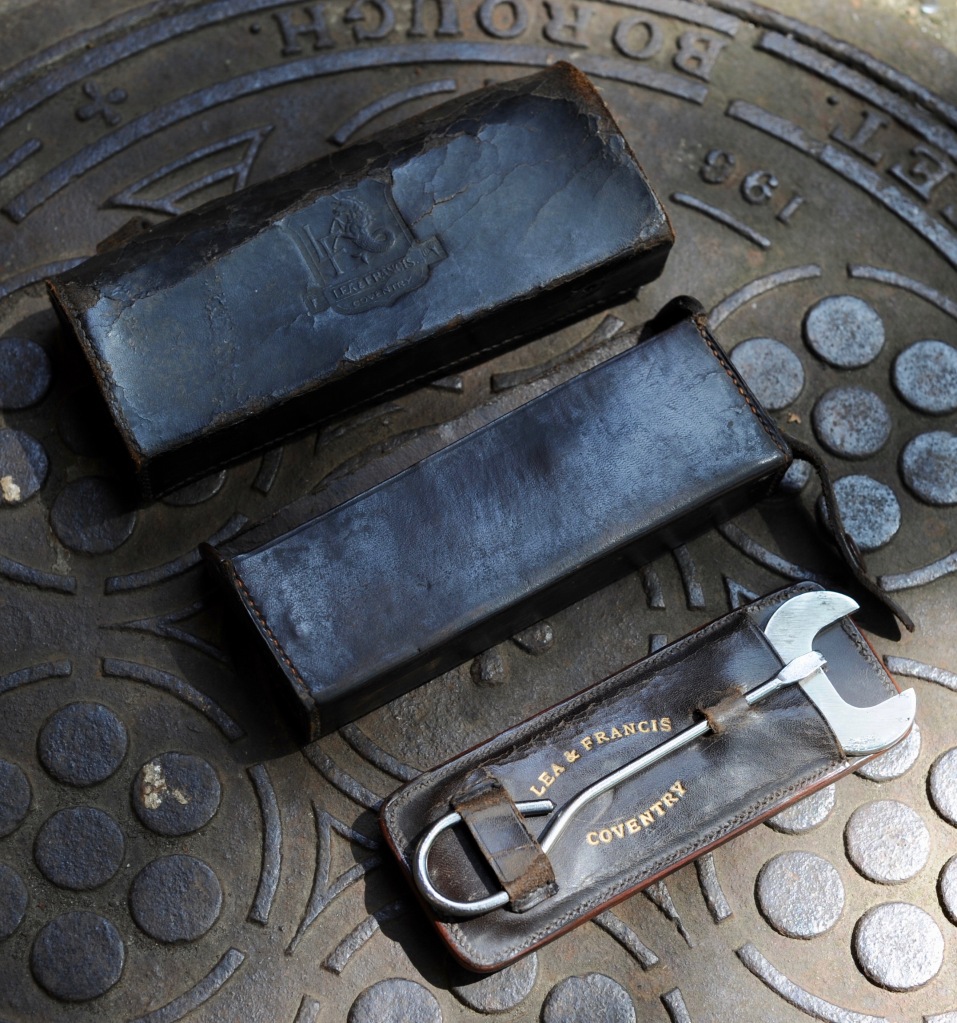



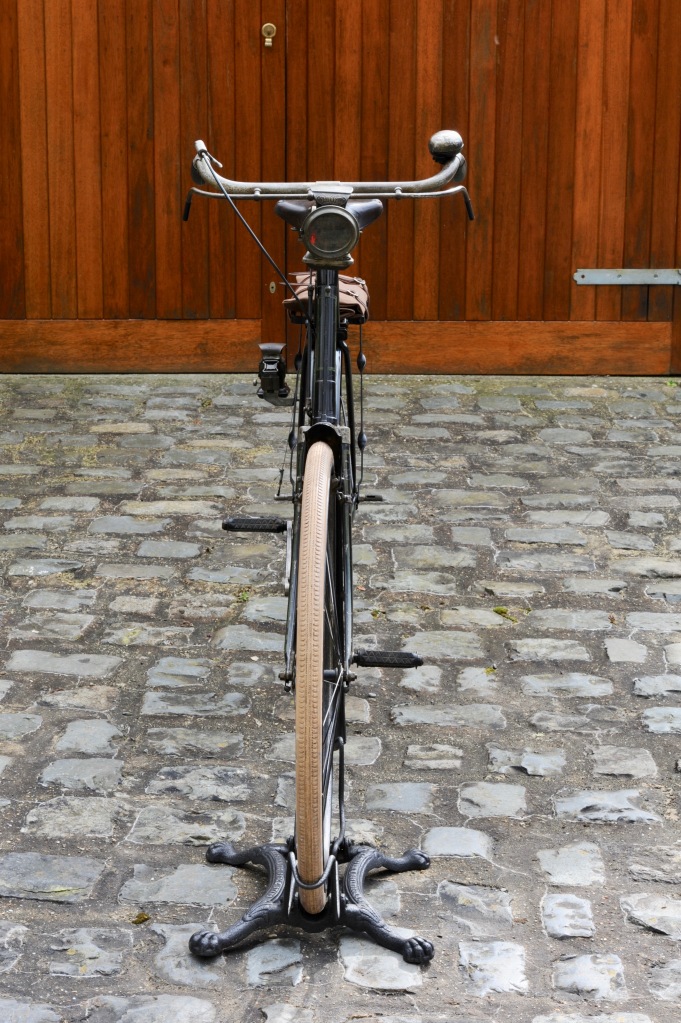



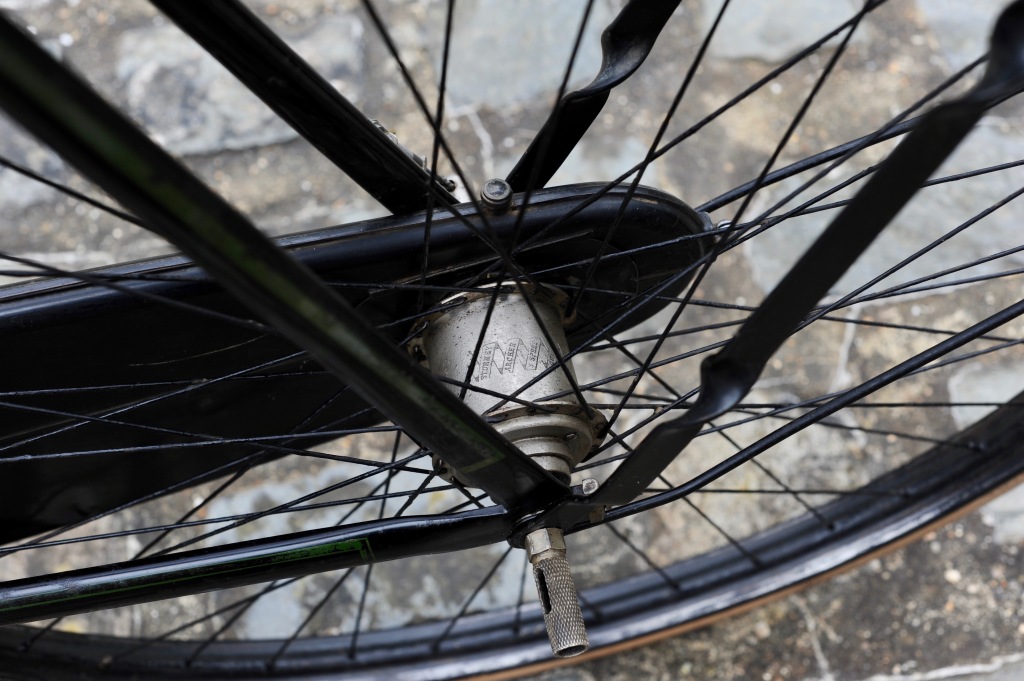


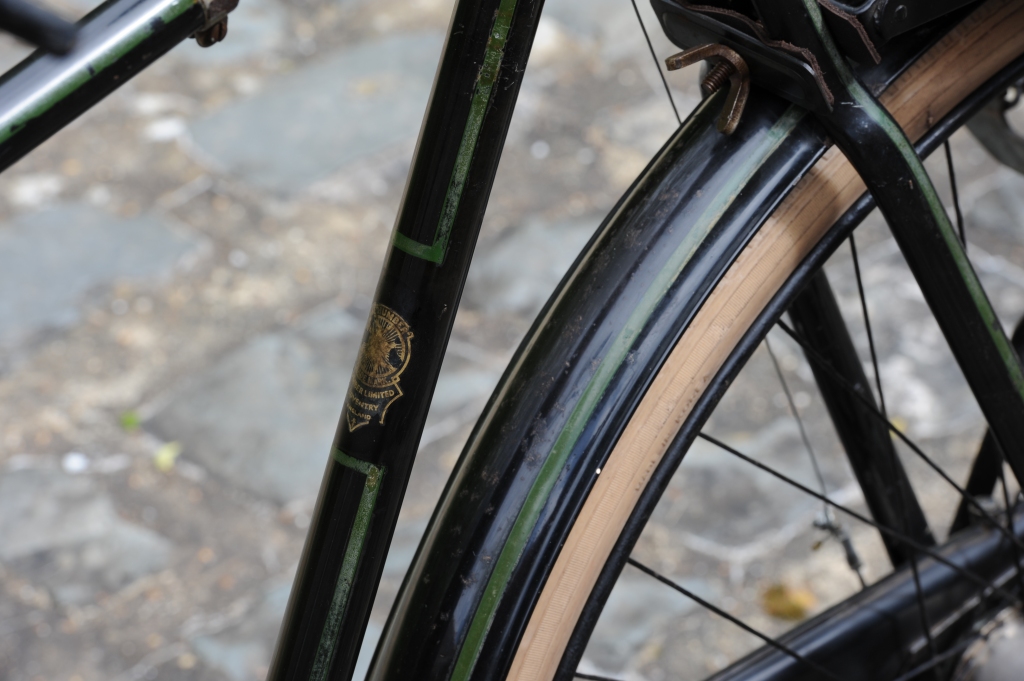
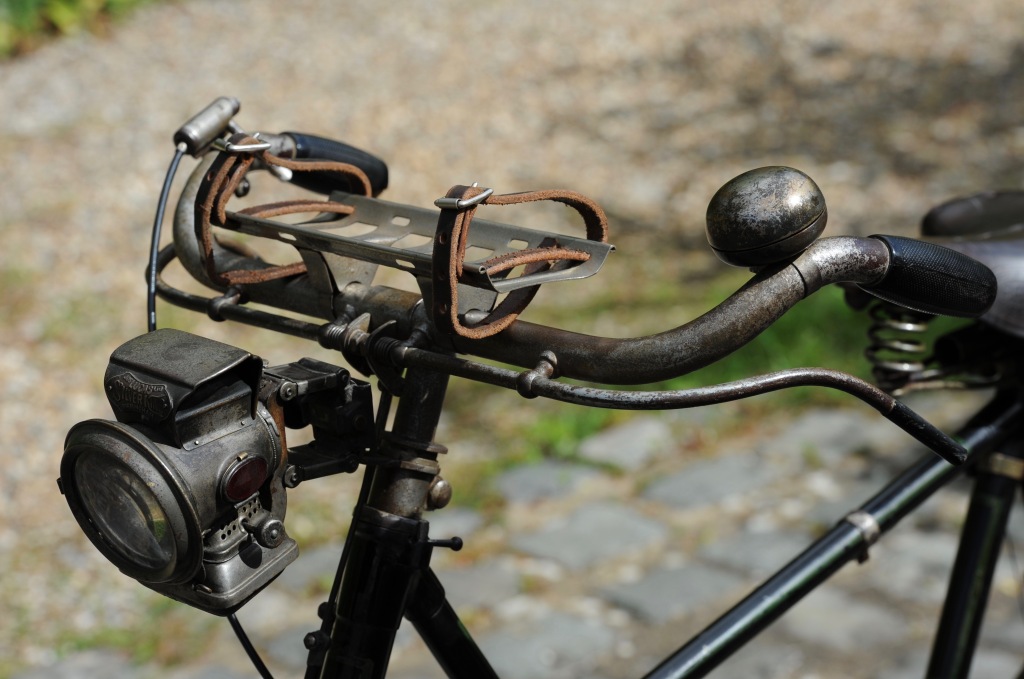
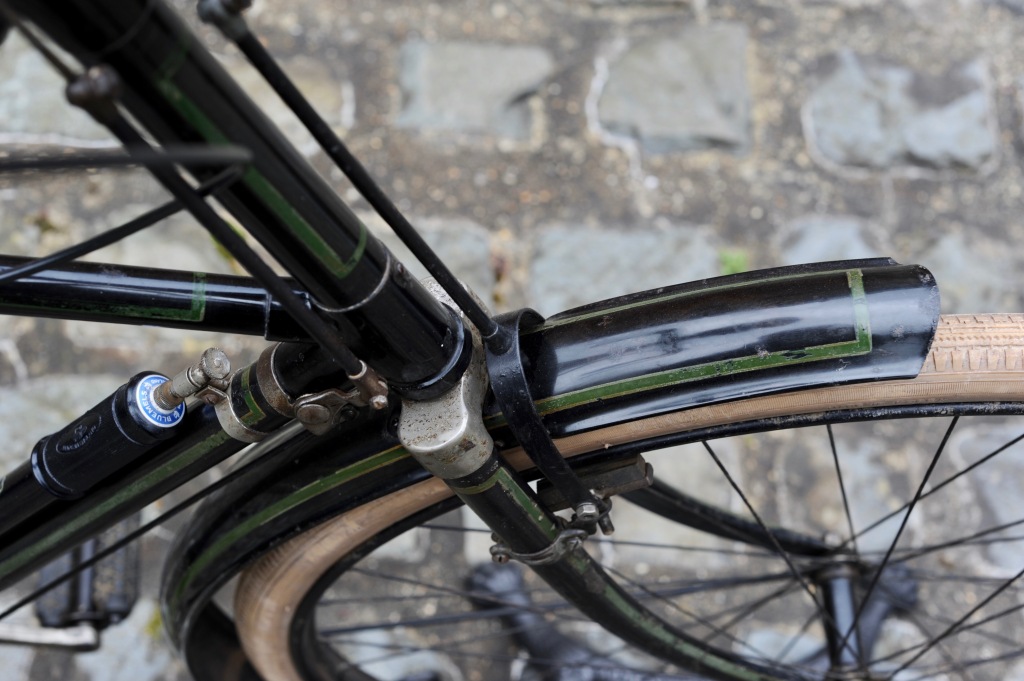
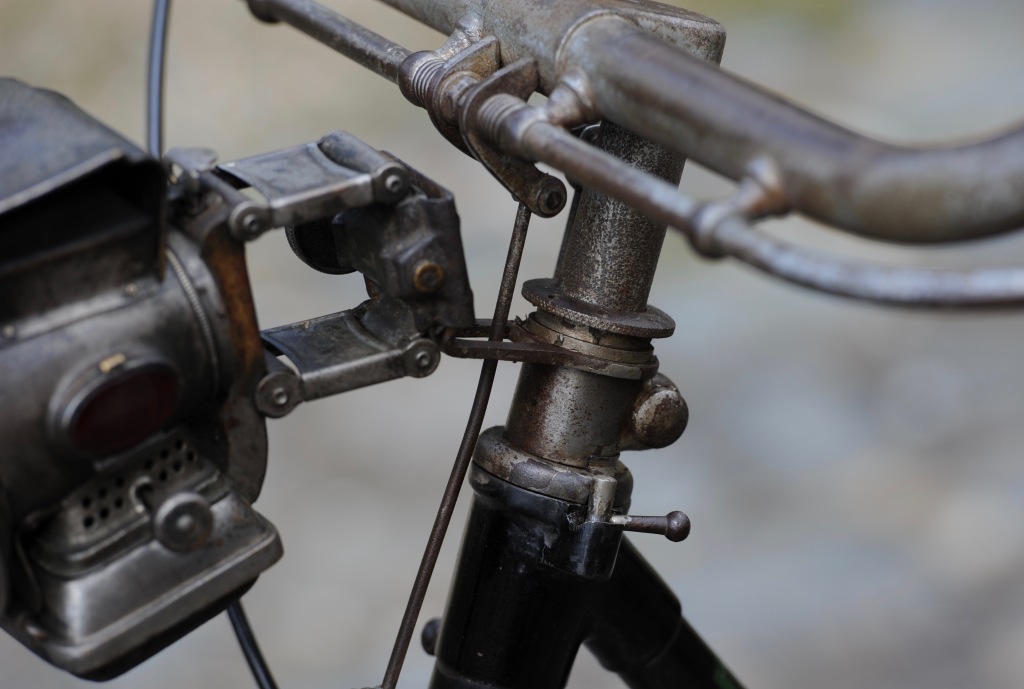
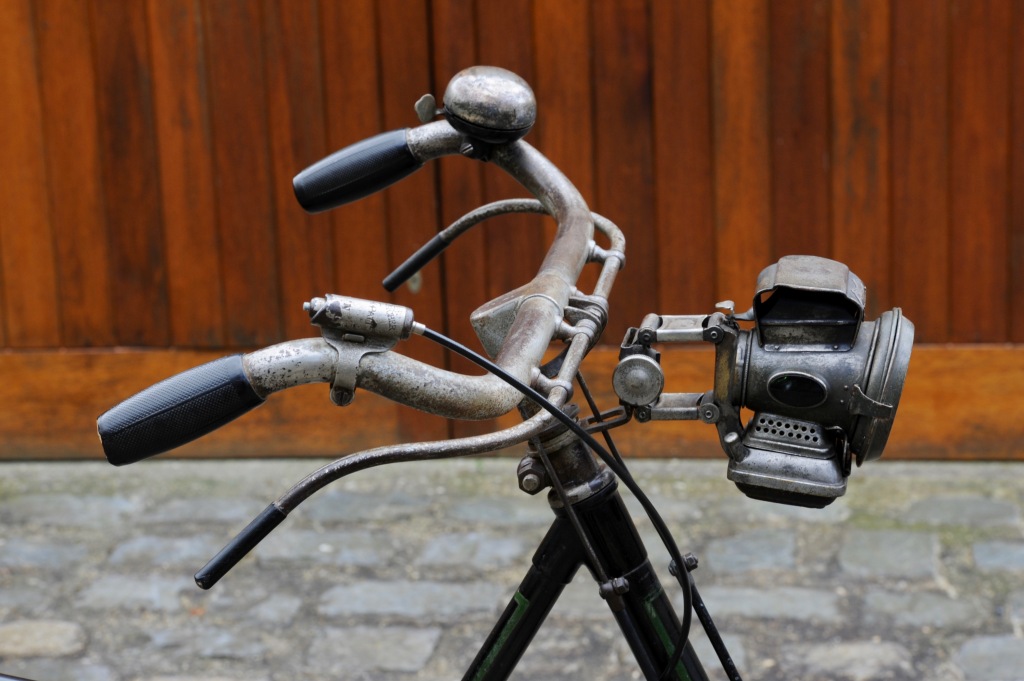
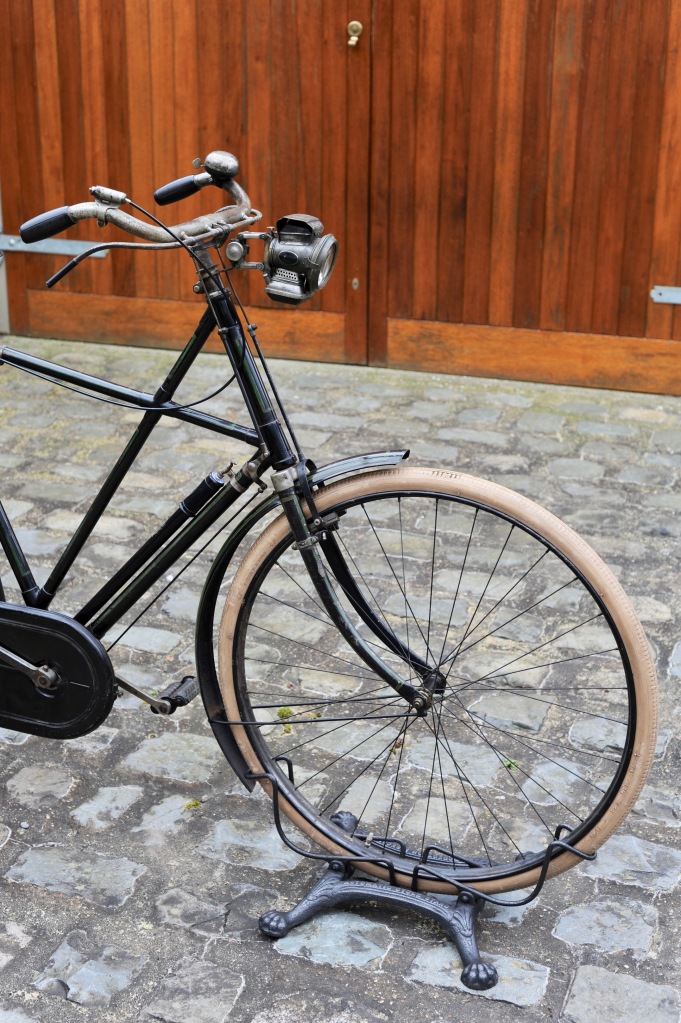




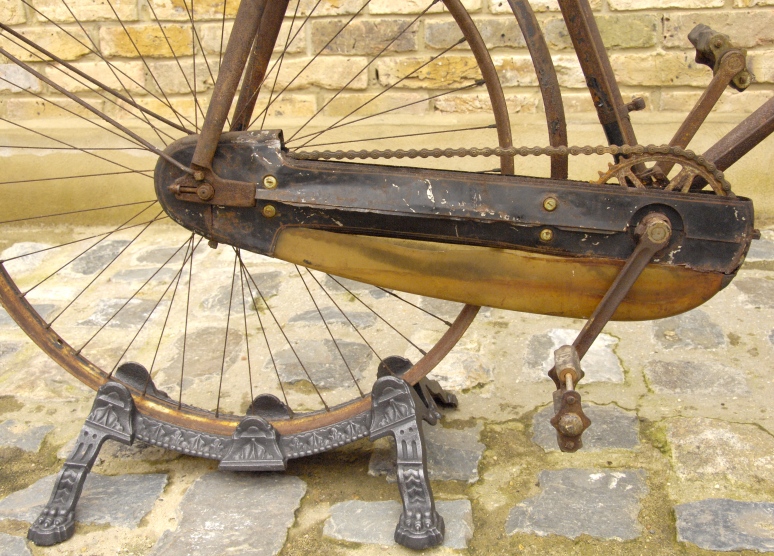




































































You must be logged in to post a comment.